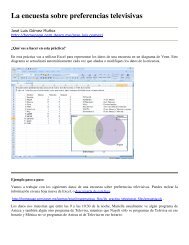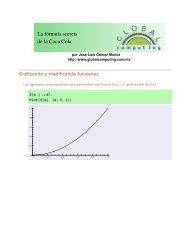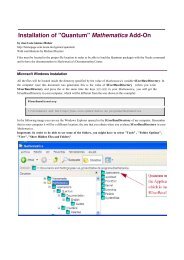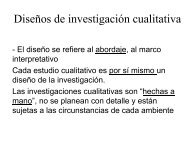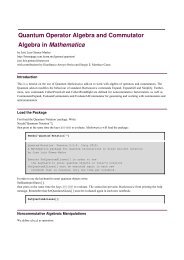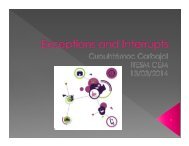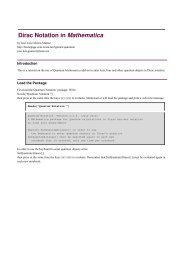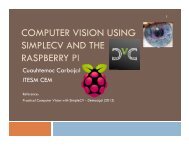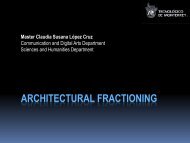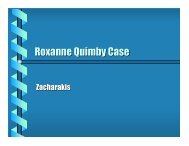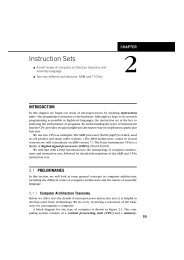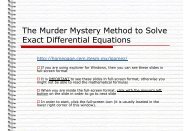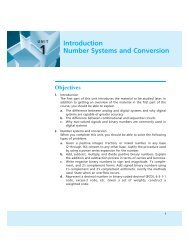Acharya: An Intelligent Tutoring Environment for ... - C-DAC Mumbai
Acharya: An Intelligent Tutoring Environment for ... - C-DAC Mumbai
Acharya: An Intelligent Tutoring Environment for ... - C-DAC Mumbai
Create successful ePaper yourself
Turn your PDF publications into a flip-book with our unique Google optimized e-Paper software.
The middle part contains the clauses of SQL SELECT statement. Students need notremember the exact keyword (select, from, where, group by, having, order by) to be usedand the relative order of clauses. Student can also get the description of database, tablesor attributes, as well as the various SQL constructs in the problem-solving environmentitself. The motivation here is to remove from the student some cognitive load required <strong>for</strong>checking the low-level syntax so that he can focus on higher-level query <strong>for</strong>mulationissues.The lowest part of the screen displays the diagnosis result of the student’s solution andresult of executed query in case student’s solution is correct. If there is error in student’ssolution, appropriate link corresponding to course material relevant to his/hermisconceptions also gets displayed.4.2 Student Module<strong>Acharya</strong> models students by comparing the student’s solution with the teacher’s solution.<strong>Acharya</strong> currently contains 70 diagnostics, representing the various discrepancies possiblebetween student’s solution and the expert’s solution. A student model in <strong>Acharya</strong> containsgeneral in<strong>for</strong>mation about the student, history of in<strong>for</strong>mation about concepts learned withcertainty factor (CF), knowledge level and number of hints asked by each student.Certainty factor is a measure of <strong>Acharya</strong>'s belief that student has acquired that concept.Knowledge level shows the overall knowledge of the student <strong>for</strong> all concepts.4.3 Pedagogical ModulePedagogical module selects problems to be given to students and generates appropriateinstructional actions according to the current student model. Student’s solution mightgenerate several diagnostics at the same time. In such cases, <strong>Acharya</strong> examines thegenerated diagnostics and selects the most basic one.The feedback provided by <strong>Acharya</strong> starts with a message that in<strong>for</strong>ms the student whetherthe solution is correct or not. If the solution is wrong, a list of relevant diagnostics aboutthe clauses in which the error(s) occurred is displayed. If solution is correct, then theoutput generated by SQL engine will be shown in result window of interface.Problems are selected on the basis of the student model. Each problem has a difficultylevel and a count of users who have successfully solved that problem. The pedagogicalmodule examines the student model and above-mentioned in<strong>for</strong>mation to select a problem.5 Current Status and Future Work<strong>Acharya</strong> currently supports the full range of SQL constructs relating to database querying— update constructs have not been handled. We focused on the querying component sincethat is where much of the complexity in SQL resides. The system was tested out internallyby a select set of users. Subsequently it was released as a supplementary learningresource to participants of the DBMS module in NCST’s diploma programme. Theresponse has been positive. The system diagnostics have been found to be relevant and



